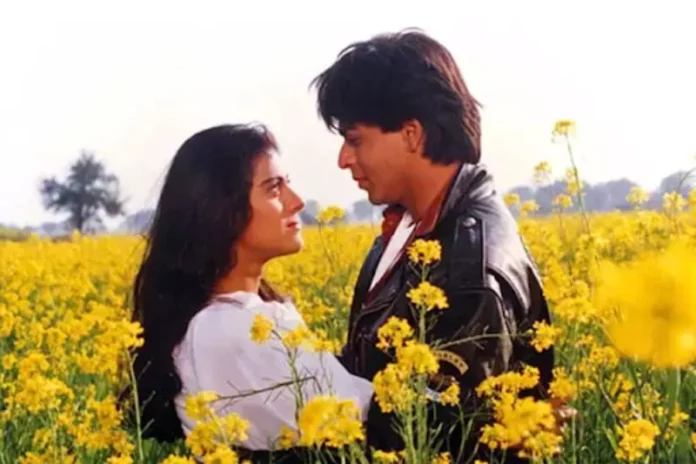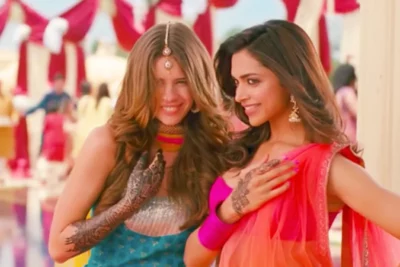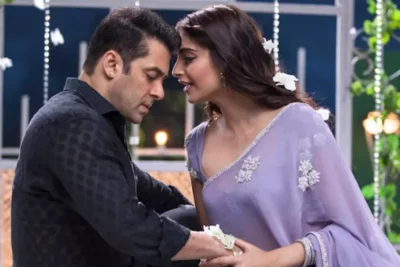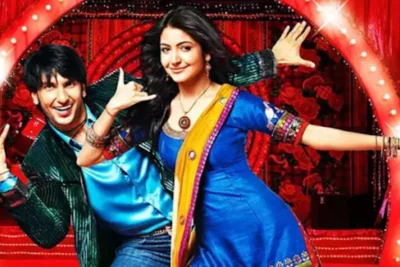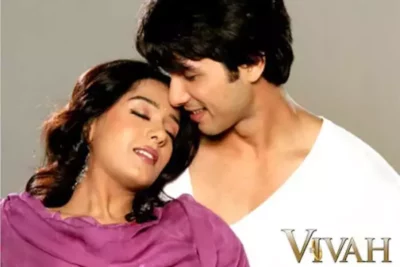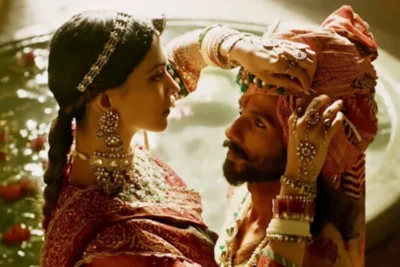Weddings are more than just ceremonies; they are profound cultural celebrations that bring people together, symbolizing love, unity, and commitment. In India, weddings are grand affairs, marked by vibrant rituals, lavish decorations, and, of course, unforgettable Bollywood-style dance sequences. Over the years, Indian romantic comedies, or “rom-coms,” have embraced the magic of weddings as a central theme. These films not only entertain but also offer a glimpse into the intricate tapestry of Indian culture.
The Grandeur of Indian Weddings in Rom-Coms
Indian weddings, often referred to as “Big Fat Indian Weddings,” are renowned for their extravagant celebrations that span several days. They serve as the perfect backdrop for rom-coms, where love, laughter, and drama intermingle. In these films, the weddings are not just an event; they are characters themselves.
In movies like “Yeh Jawaani Hai Deewani” and “Hum Aapke Hain Koun..!” the grandeur of Indian weddings is on full display. The opulent venues, elaborate costumes, and meticulously choreographed dance sequences create a visual spectacle that leaves the audience awestruck. This emphasis on grandeur not only mirrors the reality of Indian weddings but also adds to the escapism that rom-coms offer.
The Quirky Families
One of the recurring elements in Indian rom-coms is the presence of quirky, endearing families. These families are an integral part of the story, often driving the plot with their over-the-top personalities and hilarious antics.
Consider “Dilwale Dulhania Le Jayenge,” where Simran’s family provides comic relief with their strict adherence to traditions and their contrasting views on love. The clash between tradition and modernity is a common theme in Indian rom-coms, highlighting the evolving dynamics within Indian families. These eccentric families not only entertain but also showcase the importance of familial bonds in Indian culture.
The Love Triangle Drama
Love triangles are a staple in Indian rom-coms, adding complexity and suspense to the narrative. Whether it’s the classic “Kuch Kuch Hota Hai” or the contemporary “Cocktail,” the love triangle is a tried-and-true formula for keeping the audience engaged.
The love triangle often involves childhood friends, as seen in “Kabhi Alvida Naa Kehna” or “Kabhi Khushi Kabhie Gham.” These friendships-turned-romances create a relatable backdrop for the audience, as they navigate the complexities of love, loyalty, and societal expectations. The resolution of these love triangles is often the climax of the film, delivering the much-anticipated happily-ever-after.
The Role of Music and Dance
Music and dance are integral components of Indian culture, and they take center stage in rom-coms. Iconic song-and-dance sequences have become synonymous with Indian cinema, and weddings provide the perfect platform for these extravagant performances.
From the exuberant sangeet ceremonies in “2 States” to the soul-stirring “Tum Hi Ho” sequence in “Aashiqui 2,” music and dance amplify the emotions and enhance the storytelling. These sequences not only entertain but also serve as a means of expression for the characters, allowing them to convey their love, joy, and longing through beautifully choreographed movements and soulful melodies.
The Redefinition of Love and Relationships
Indian rom-coms have evolved over the years, reflecting changing societal norms and attitudes towards love and relationships. While traditional arranged marriages are still a common theme, films like “Band Baaja Baaraat” and “Vivaah” explore the idea of love marriages and modern relationships.
These films challenge stereotypes and break away from conventional narratives. They empower characters, especially female protagonists, to take charge of their own destinies. The portrayal of strong, independent women pursuing their dreams and desires is a refreshing change that resonates with contemporary audiences.
The Cultural Mosaic
India is a land of diversity, and this diversity is beautifully depicted in rom-coms. Whether it’s the vibrant Punjabi weddings in “Bride and Prejudice” or the traditional South Indian ceremonies in “Two States,” these films celebrate the rich tapestry of Indian culture.
Cultural elements such as rituals, cuisine, and attire play a significant role in adding authenticity to the narrative. They provide a window into the regional flavors of India, allowing audiences to appreciate the country’s multifaceted identity.
The Importance of Traditions and Values
Amidst the glitz and glamour, Indian rom-coms often emphasize the importance of traditions and values. Films like “Vivah” showcase the significance of respect, commitment, and family bonds.
These movies remind us that while love may be the driving force, it is deeply rooted in tradition and cultural values. The seamless blend of tradition and modernity in these films reflects the ongoing transition in Indian society.
The Journey Towards Happily Ever After
The journey of love in Indian rom-coms is often fraught with obstacles, misunderstandings, and melodrama. However, it is this rollercoaster ride that makes the eventual happily-ever-after so satisfying.
Characters learn, grow, and evolve through their trials and tribulations, making the culmination of their love story all the more rewarding. The emotional depth and character development in films like “Jab Tak Hai Jaan” and “Queen” demonstrate that love is not just about romance but also about self-discovery.
The Enduring Appeal of Indian Rom-Coms
Indian rom-coms have stood the test of time and continue to captivate audiences worldwide. Their enduring appeal lies in their ability to blend humor, emotion, music, and culture into a compelling narrative.
As the world becomes more interconnected, Indian rom-coms offer a window into Indian society and its intricate nuances. They showcase the universal themes of love, family, and self-discovery, making them relatable to audiences of all backgrounds.
Conclusion – Love, Laughter, and Happily Ever Afters
In the world of Indian rom-coms, weddings are not just ceremonies; they are the canvas upon which love stories are painted. The grandeur, the quirky families, the love triangles, the music and dance, and the cultural richness all contribute to the formula for creating unforgettable happily-ever-afters.
These films remind us that love is a universal language that transcends boundaries and cultures. They celebrate the joy of love, the complexities of relationships, and the enduring power of family bonds. Indian rom-coms continue to evolve, reflecting the changing dynamics of Indian society while holding true to the timeless values of love and togetherness.
So, grab some popcorn, put on your dancing shoes, and get ready to be swept away by the magic of weddings in Indian rom-coms. Because in this world of dreams, love conquers all, and the happily-ever-afters are just a dance step away.





